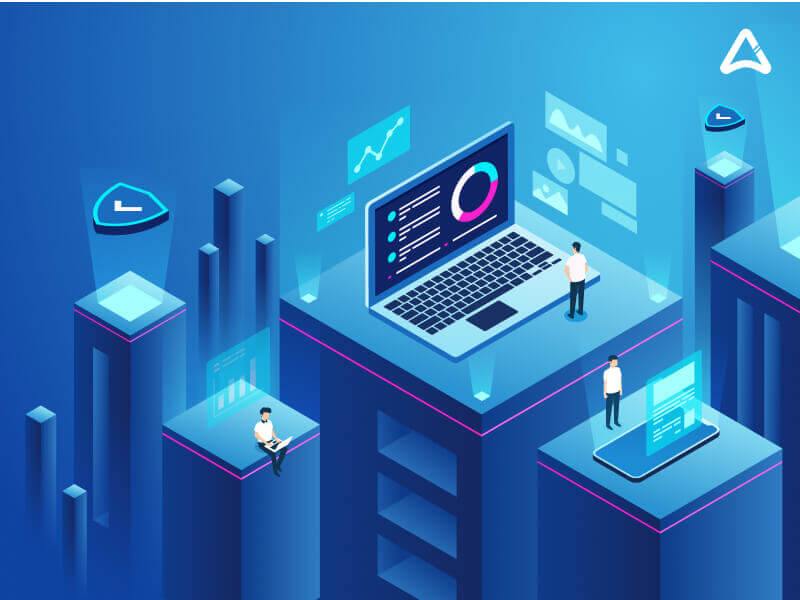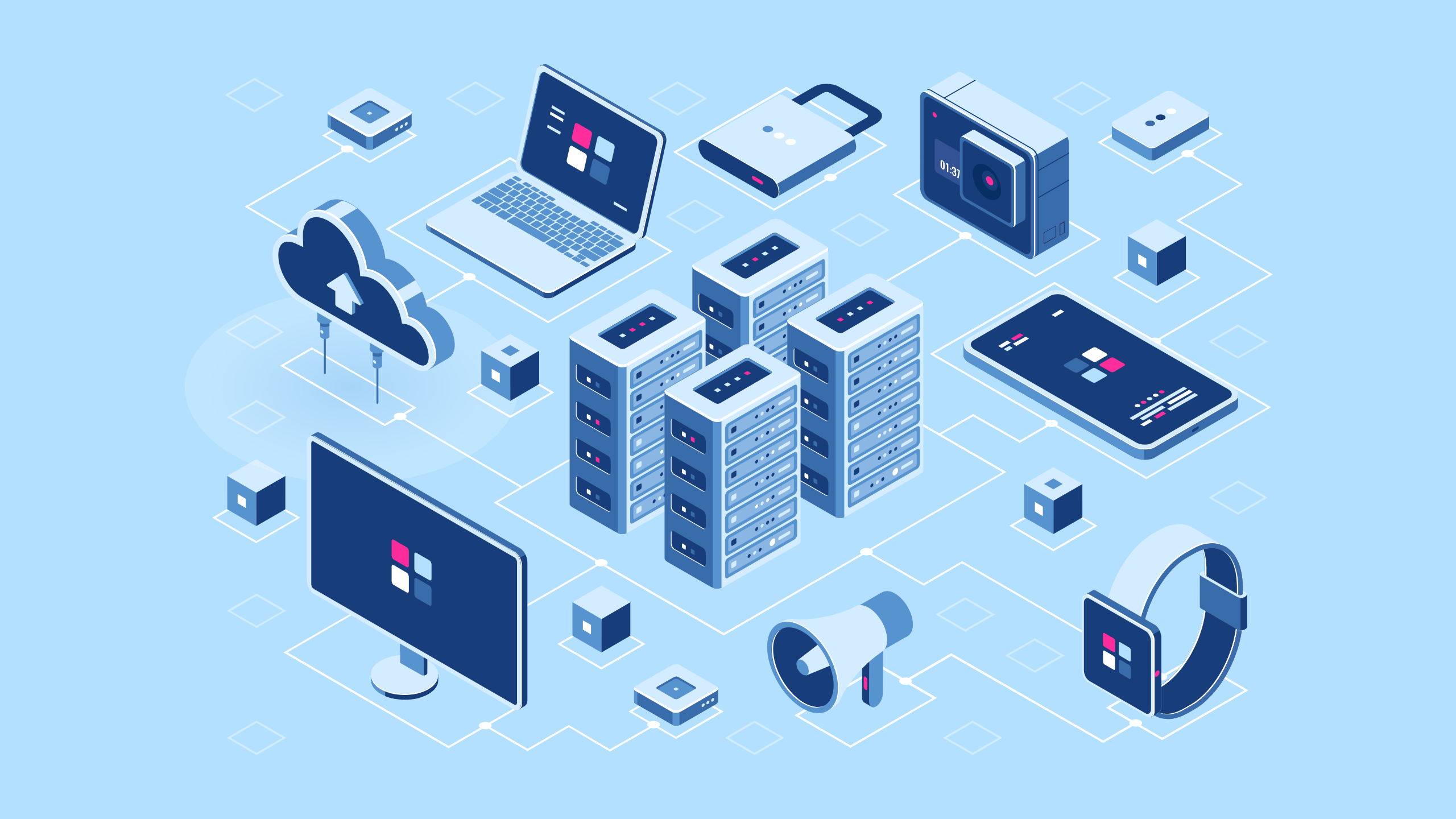Enterprise mobility has been on the radar of organizations for a while, yet for many, it has been a roadmap item rather than a priority. Mobile projects have been delayed, viewed as unimportant, or deemed “nice-to-haves.”
Moving into 2017, there’s a new sense of urgency. Enterprises are no longer just in competition with other large enterprises, but increasingly with mobile-first companies that are disrupting industries and capturing market share. New competition is coming from everywhere at a frenetic pace. These fast-moving, agile startups have less red tape, mobile-first products and services, and mobile workforces available at the tap of a button: and they are coming after your customers.
In today’s market, enterprises must put the mobile top of mind, or risk being blindsided and losing market share. This post will provide an overview of the enterprise mobility landscape and the challenges organizations are facing as they adapt to the rapidly evolving mobile ecosystem.
Building The Case
Prioritizing Mobile App Development
A recent Gartner study found enterprise spending on mobile app development has remained low, accounting for just 10% of overall application development budgets. However, with competition coming from all angles and attitudes toward the urgency of mobile shifting, both budgets and focus are changing. The same study revealed that 42% of organizations expect to increase spending on mobile app development, with 31% expected increase spending on mobile development in the coming year.
Enterprise Mobility Has Proven ROI
IBM Institute For Business Value found that 62% of IT leaders with a well-defined mobile strategy achieve ROI in 12 months or less, while VMWare’s State of Business Mobility Report already have an average of 150% reported ROI on business mobility investments. In fact, organizations that have achieved their business mobility goals were able to bring new revenue streams online 35% faster than companies that only focused on individual productivity needs.
Biggest Challenges
Legacy Systems & Security
9 out of 10 IT decision-makers claim legacy systems are preventing them from harnessing the digital technologies they need to grow and become more efficient.
Legacy systems continue to be a major challenge to organizations across the enterprise space. Emerging, mobile-first competitors have a significant advantage in that they don’t face the same legacy system issues and in many cases have less complex security challenges than their enterprise counterparts.
How would a successful ‘mobile app empire’ look like for enterprises?
It would focus on innovation
Did you know that one in four mobile apps, once downloaded, is never used again? That suggests a high percentage of apps fall short of expectations. If mobile app developers can’t innovate or deploy quickly enough, users will simply delete the apps or stop using them. Companies and people want—even demand—immediate benefit from the mobile experience. Getting insights into user adoption, the frequency of usage, user behaviors with location information is key to help drive a better user experience and engagement. As user choices increase across channels on the mobile device, having a centralized analytics component that can get insights across channels will be the key to drive personalized engagement across Web, Mobile, and Chatbots.
High-Quality user experience
Beyond having a nice look and feel, users expect mobile apps to be intuitive, available and provide the appropriate content. They must connect and work seamlessly with your back-end systems. They must have the same security we are used to when using the web. For internal users, can they be personalized to be role-based (i.e., customer, partner, supplier) around tasks to help users be productive? Miss one of these and you risk being ignored or deleted.
A “mobile-plus” strategy
Today, having a Mobile-First strategy is a given. However, we are now moving into the era of Mobile-Plus. The Plus element is not only about the convergence of mobile, cloud and the Internet of Things (IoT), but it includes gaining real-time analytics and insights and leveraging intelligent chatbots to drive better contextual customer engagement. In order to drive the Mobile-Plus strategy, enterprises need to consider the client, content, context, and cloud as core components of an enterprise mobile strategy.
An elite system for customer acquisition, retention, and regeneration
It is paramount to have an execution plan which develops an eco-system to drive customer acquisition, retention and referral – this helps to create tangible ROI to the enterprise. This follows a cycle from making Information available to attract interest from multiple target channels, followed by enabling real-time Transactions, to efforts that enable the building of stronger Relationships, elevating that relationship to Strategic Partnership and finally to becoming an Advocator to the service, so as to help the enterprise drive more New Business within the customer’s personal eco-system. This will impact market penetration of the products and services, generate a new channel of Revenue for the enterprise and re-generate itself in every successful customer advocate that the enterprise nurtures.
Conclusion
Mobility is now crucial for enterprises in order to avoid the risk of becoming obsolete. Mobility is a transformative trend which will help make organizations much more competitive and successful in the market. Driving greater efficiencies and ROI, and connecting with an increasingly mobile customer base has placed enterprise mobile apps on the radar of enterprises that recognize mobile innovation as a key competitive factor.






